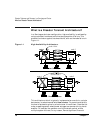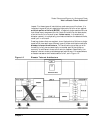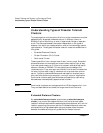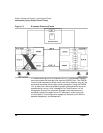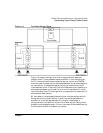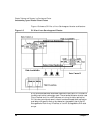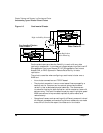
Disaster Tolerance and Recovery in a Serviceguard Cluster
Understanding Types of Disaster Tolerant Clusters
Chapter 122
Also note that the networking in the configuration shown is the
minimum. Added network connections for additional heartbeats are
recommended.
Benefits of Extended Distance Cluster
• This configuration implements a single Serviceguard cluster across
two data centers, and uses either Multiple Device (MD) driver for
data replication.
• You may choose any mix of Fibre Channel-based storage supported
by Serviceguard, that also supports the QLogic multipath feature.
• This configuration may be the easiest to understand, as it is similar
in many ways to a standard Serviceguard cluster.
• Application failover is minimized. All disks are available to all nodes,
so that if a primary disk fails but the node stays up and the replica is
available, there is no failover (that is, the application continues to
run on the same node while accessing the replica).
• Data copies are peers, so there is no issue with reconfiguring a
replica to function as a primary disk after failover.
• Writes are synchronous, so data remains current between the
primary disk and its replica, unless the link or disk is down.





